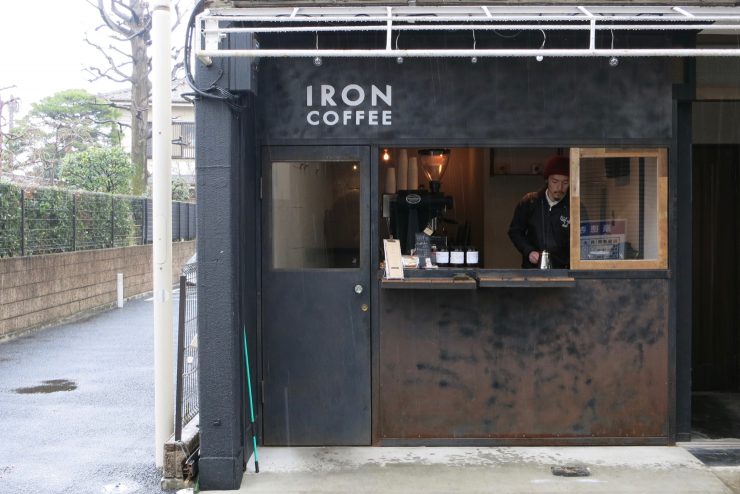
Chances are, you’ll find Iron Coffee on your way to or from Gotokuji Temple. But don’t feel bad about it; that’s how it works for most anyone who isn’t a local.
And for owner Yuki Isono, that’s the point.
“There’s no specialty coffee here,” he says. “That’s the whole reason I chose this place. I mean, there’s a strong sense of local community, and the people are friendly, and this location happened to be available. I wanted to bring something new to that.”
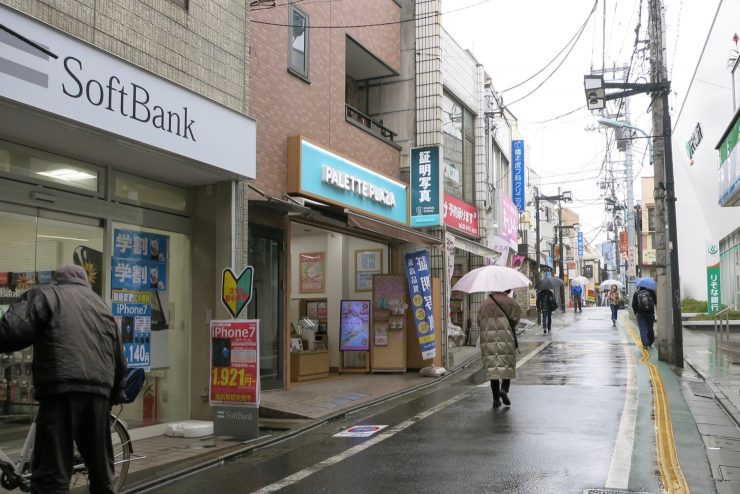
It’s cold the day I visit Gotokuji. Freezing. In the wind is a steady mix of snow and rain. At the station sits a statue of a cat, and past it roads lined with the basic elements of everyday Japan: supermarkets, dentists, restaurants, bakeries, bathhouses, and book stores.
Iron Coffee sits where the shops meet the suburbs on the first floor of what was once a kimono shop. It’s black iron facade is interrupted by a simple door and a to-go window, and written on the wall above it are the faded letters of the name Todoroki—all that’s left of the building’s past self.
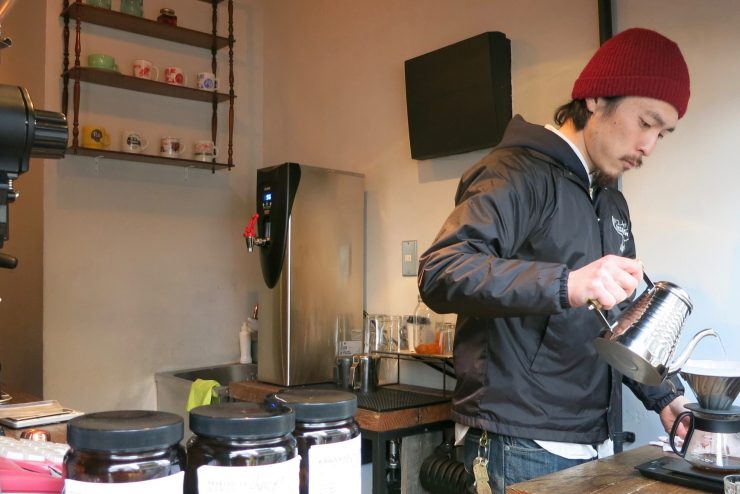
“Iron feels like a symbol of strength,” Isono says. “And there’s also the sense that as it ages and rusts, you see its personality. That’s the kind of feel I want for this place, too.”
Inside, Iron Coffee is simple, spartan. While Isono brews a coffee (with beans from Single O Japan), I watch a few locals drop by. One is a regular, who enters to hang out. The others get their coffees to-go, chatting idly while they wait on lattes and pour-overs. Isono says this has become what he most enjoys about running a coffee shop.
“When I started, I just liked brewing good coffee and making latte art,” he says. “But since opening here, it’s talking to people and turning customers into friends that makes the job rewarding.”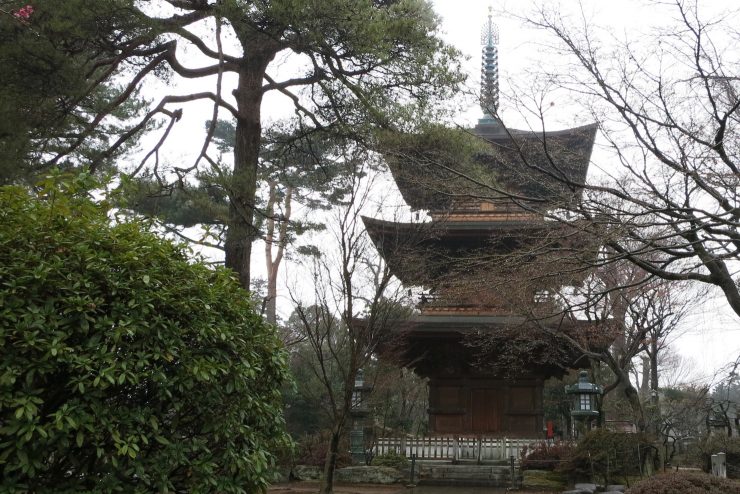
Isono tells me he gets a lot of foreign customers because of the local temple, so I wander over to check it out. After circling through the winding neighborhood streets of Setagaya, I find a giant wooden gate, and inside of it, a world different to the one I came from: temple buildings, grave stones, statues, trees, bushes.
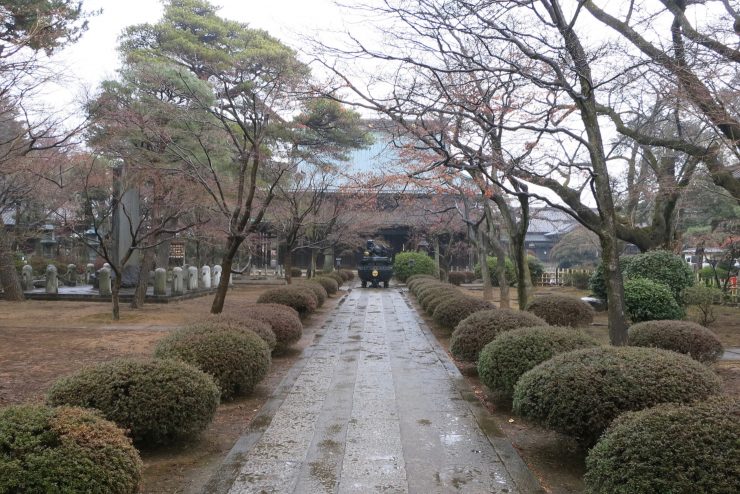
It’s here, around a small corner of a simple building, that I find a collection of cats—hundreds of them—on the stone floor. They surround a small stone statue, and fill a nearby shelf.

These are maneki-neko, a charm known to bring good luck, and thought by some to have originated here in Gotokuji, when a feudal lord followed a cat to shelter at the start of a thunderstorm. It’s an impressive sight, and one that feels both decidedly out of place, and completely at home.
That particular aspect of it reminds me of Iron Coffee.
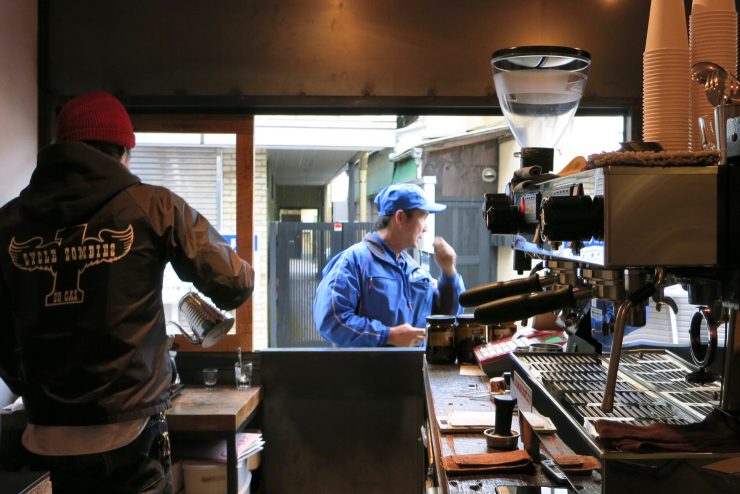
When I head back to the station, Isono is still brewing. His shop is not bustling, and it’s not busy; it’s constant. Isono says that’s a good sign.
“When we started, people thought the coffee was sour,” he says, “but that’s just how it goes opening somewhere new in Japan. People traditionally like their coffee bitter. But it’s changing with time. People are surprised. The coffee is sweet.”
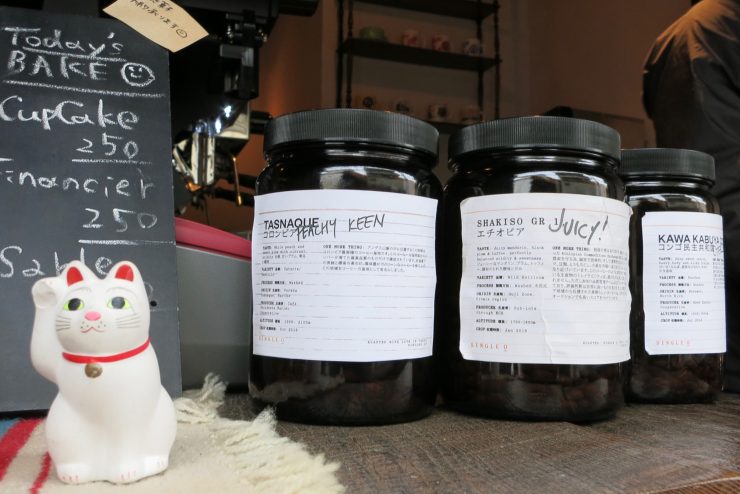
The whole thing makes me think of beckoning cats and good luck on rainy days. I think of how they long ago brought a feudal lord to shelter, and how now they might bring wandering tourists to quality coffee.
It’s surprises like these that I like best about Tokyo, and Japan, and its coffee scene.
Iron Coffee is located at Gotokuji 1 Chome-18-9 , Setagaya-ku, Tokyo. Visit their official website and follow them on Facebook and Instagram.
Hengtee Lim is a Sprudge staff writer based in Tokyo. Read more Hengtee Lim on Sprudge.
The post Along The Middle Path, Iron Coffee In Tokyo Beckons appeared first on Sprudge.

